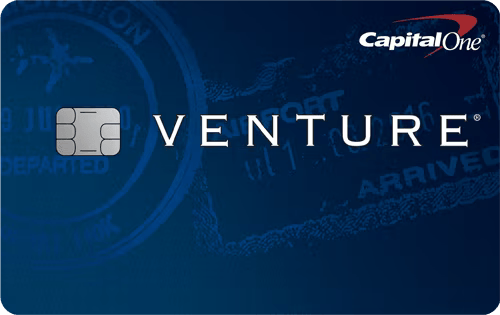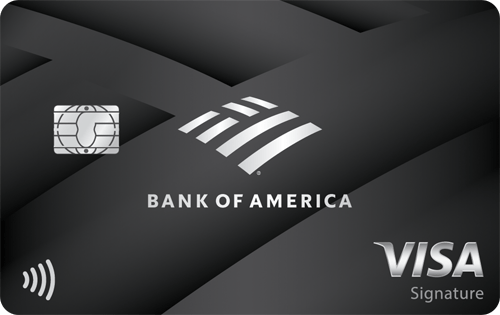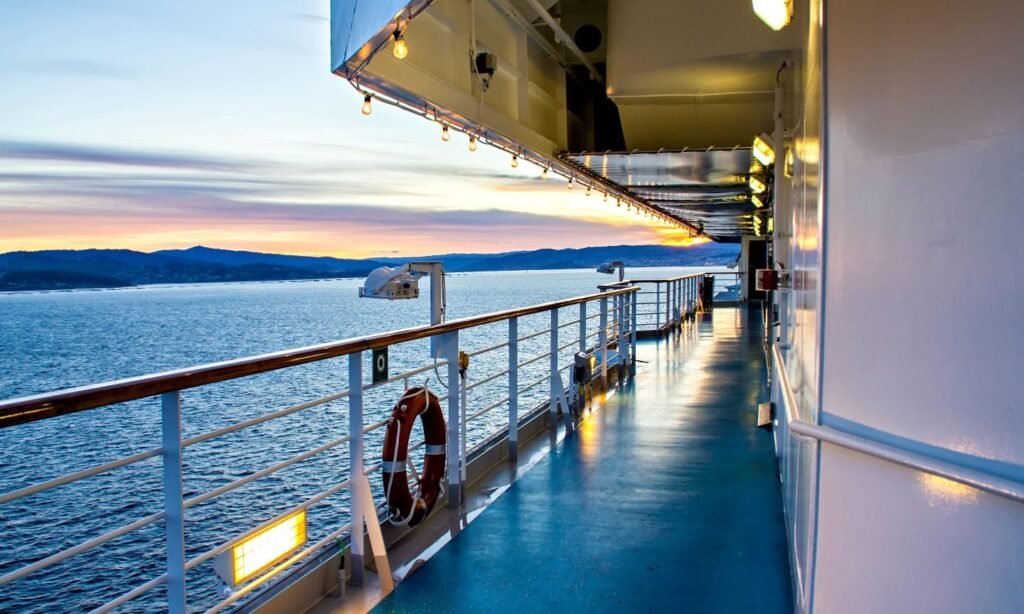In the past, the upfront price of a cruise often didn’t reflect the final cost due to hidden fees like port fees and taxes. However, a California law that prohibits these surprise charges has changed how cruise fares are displayed nationwide.
California Senate Bill 478 now requires companies to include all mandatory fees in their advertised prices. This has impacted various aspects of travel, including resort fees and vacation rental cleaning fees, in addition to cruise fees.
Major cruise operators like Royal Caribbean, Carnival Cruise Line, and Holland America have started displaying prices that include all taxes, fees, and port expenses for U.S. customers.
Why cruise prices have a new look nationwide
California’s law has influenced U.S. cruise purchases for a couple of reasons:
Pressure to be more transparent
There has been a call for more price transparency from politicians, travel industry groups, and consumers. President Joe Biden is leading a federal crackdown on junk fees.
Many travelers prefer transparent pricing as well. Over 12,000 people submitted comments in response to a proposed FTC rule that would ban junk fees, with several mentioning cruises specifically.
Consistency can be more practical
Treating California the same as the rest of the U.S. eliminates confusion and complexity. Major cruise operators have adopted consistent pricing models for easier comparison.
This change allows consumers to compare prices easily, whether they’re in California or Florida.
Cruises aren’t actually more expensive than before
While cruises with transparent pricing models may seem more expensive upfront, the final cost remains the same. The difference is that travelers can now see the total cost upfront, reducing frustrations around hidden fees.
This transparency allows cruisers to make more informed decisions when comparing different cruise lines.
Cruise fees aren’t gone completely
Even with transparent pricing, it’s important to know what’s included in your cruise package before booking.
While most U.S. cruise lines now disclose mandatory fees, some still charge for nonessential services like specialty dining, entertainment, and Wi-Fi. These additional charges may also vary depending on when you add them to your reservation.
A la carte pricing is more common among cruises with lower upfront fares, while upscale providers tend to have fewer extra fees.
However, a la carte pricing can be beneficial if you prefer an alcohol-free vacation or enjoy being disconnected from technology while at sea.
Best travel cards for booking cruises
Chase Sapphire Preferred® Card

Capital One Venture Rewards Credit Card

Bank of America® Premium Rewards® credit card

